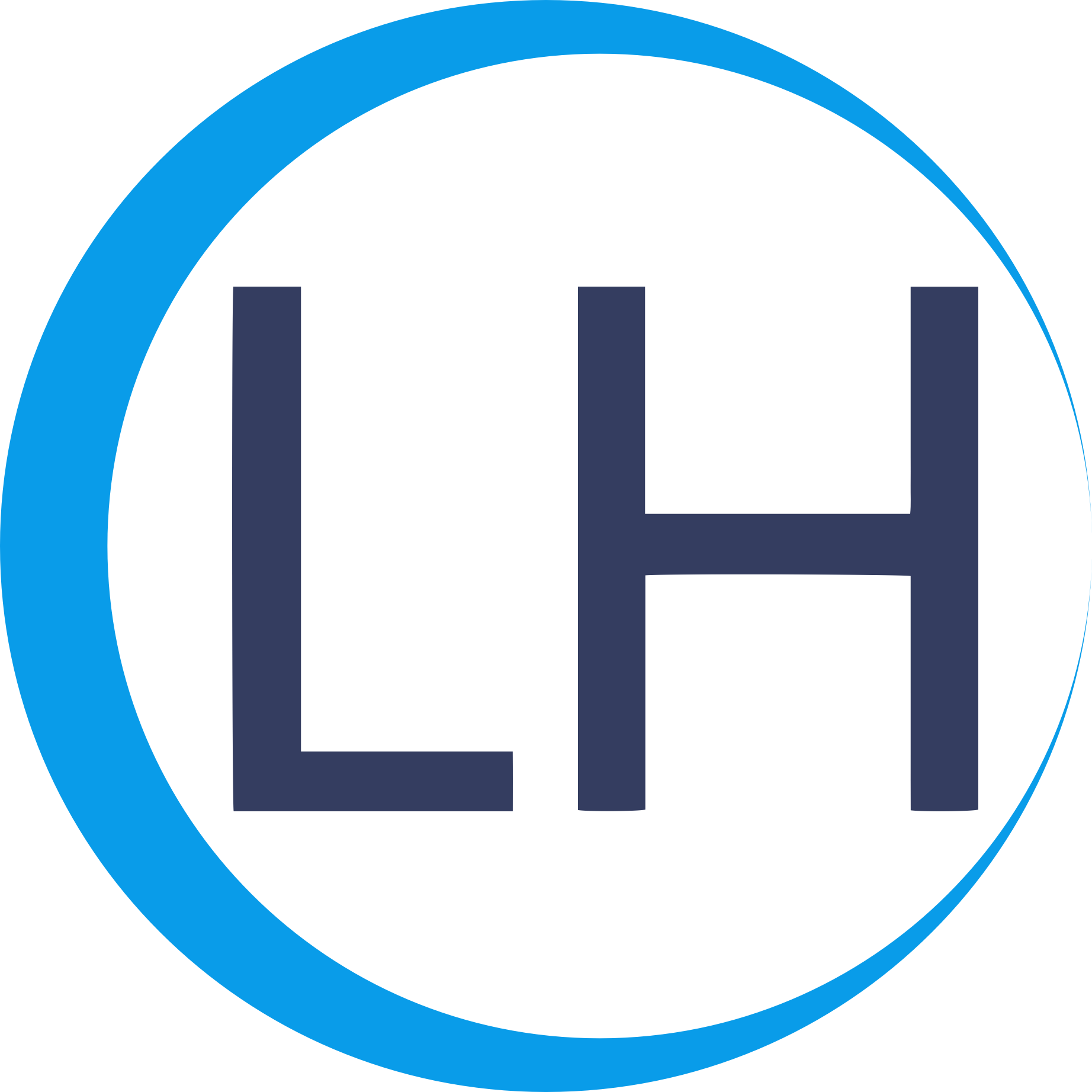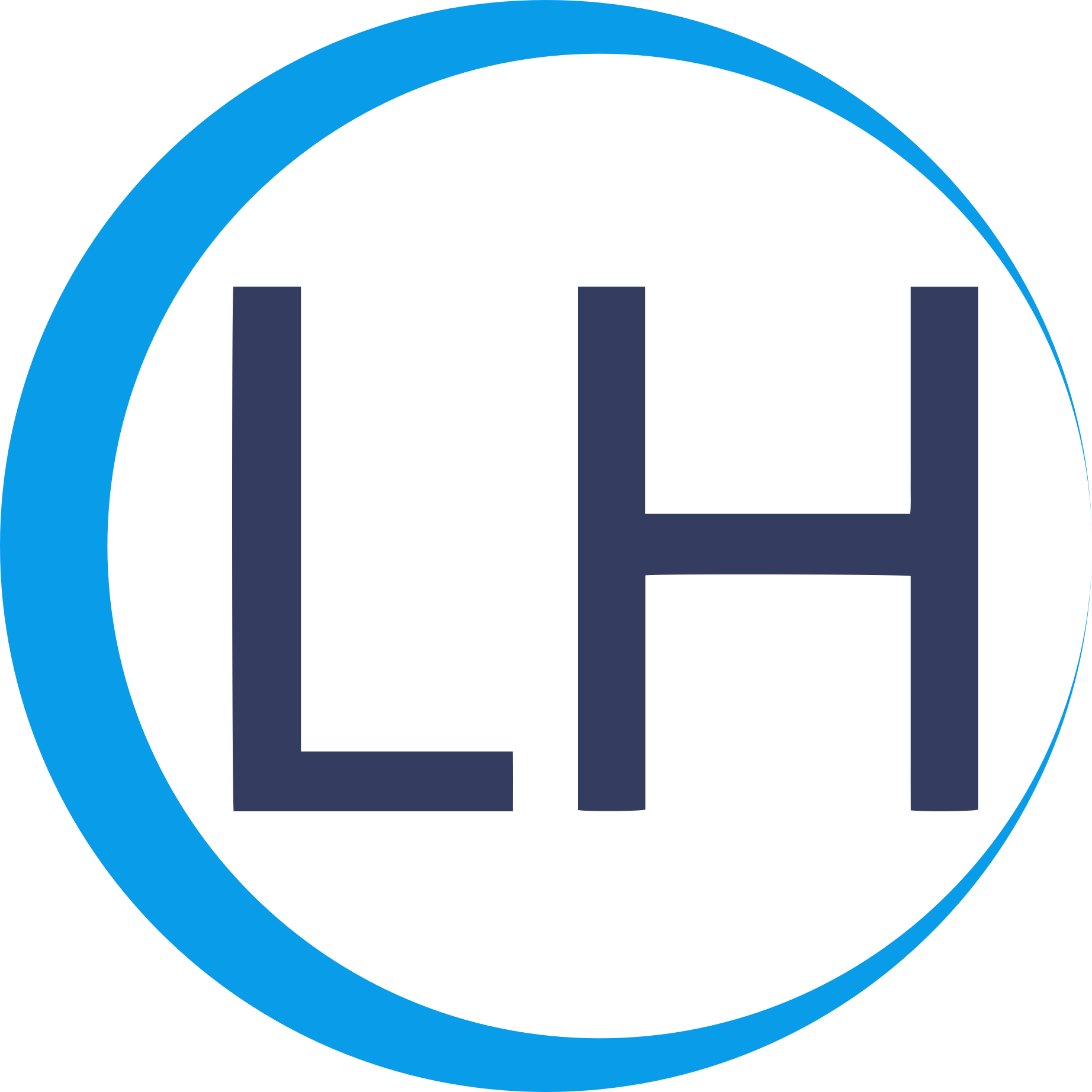Q4 2025 Guide for Affiliate Marketers and Brands
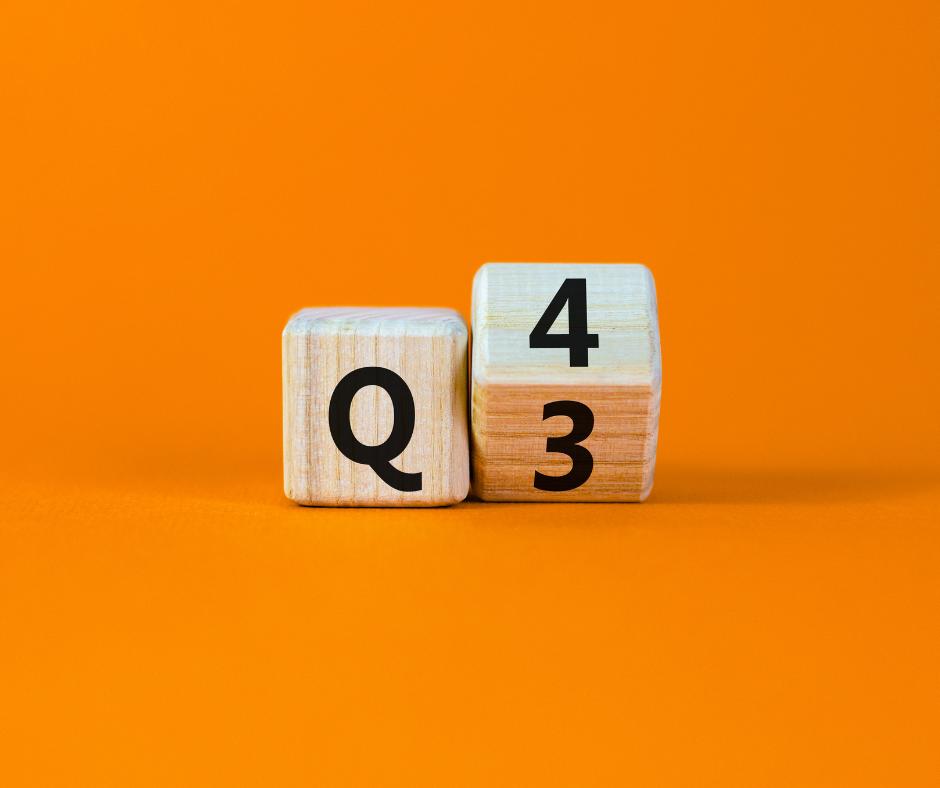
The fourth quarter of the year is the most critical window for affiliate marketers and brands. From October through December, the e-commerce calendar is packed with high-volume shopping events that drive record-breaking traffic and sales. Success in Q4 depends on how well you prepare for these moments, adapt to shifting consumer behavior, and leverage affiliate and creator partnerships to maximize visibility and conversions.
In 2025, the shopping season will kick off earlier than ever. Amazon’s Prime Big Deal Days are slated for October 7–8, setting the tone for retailers worldwide to begin discounting weeks before the traditional holiday rush (CNBC, 2024). From there, the momentum builds toward Singles’ Day on November 11, which continues to dominate as the largest global online shopping event, especially in Asia but increasingly worldwide (Alibaba Group, 2024). Just two weeks later, the U.S. anchors the season with Thanksgiving on November 27, followed immediately by Black Friday on November 28 and Cyber Monday on December 1 (National Retail Federation, 2024). These events often blend together into a weeks-long promotional period that extends into December with holiday gift shopping and year-end clearance sales.
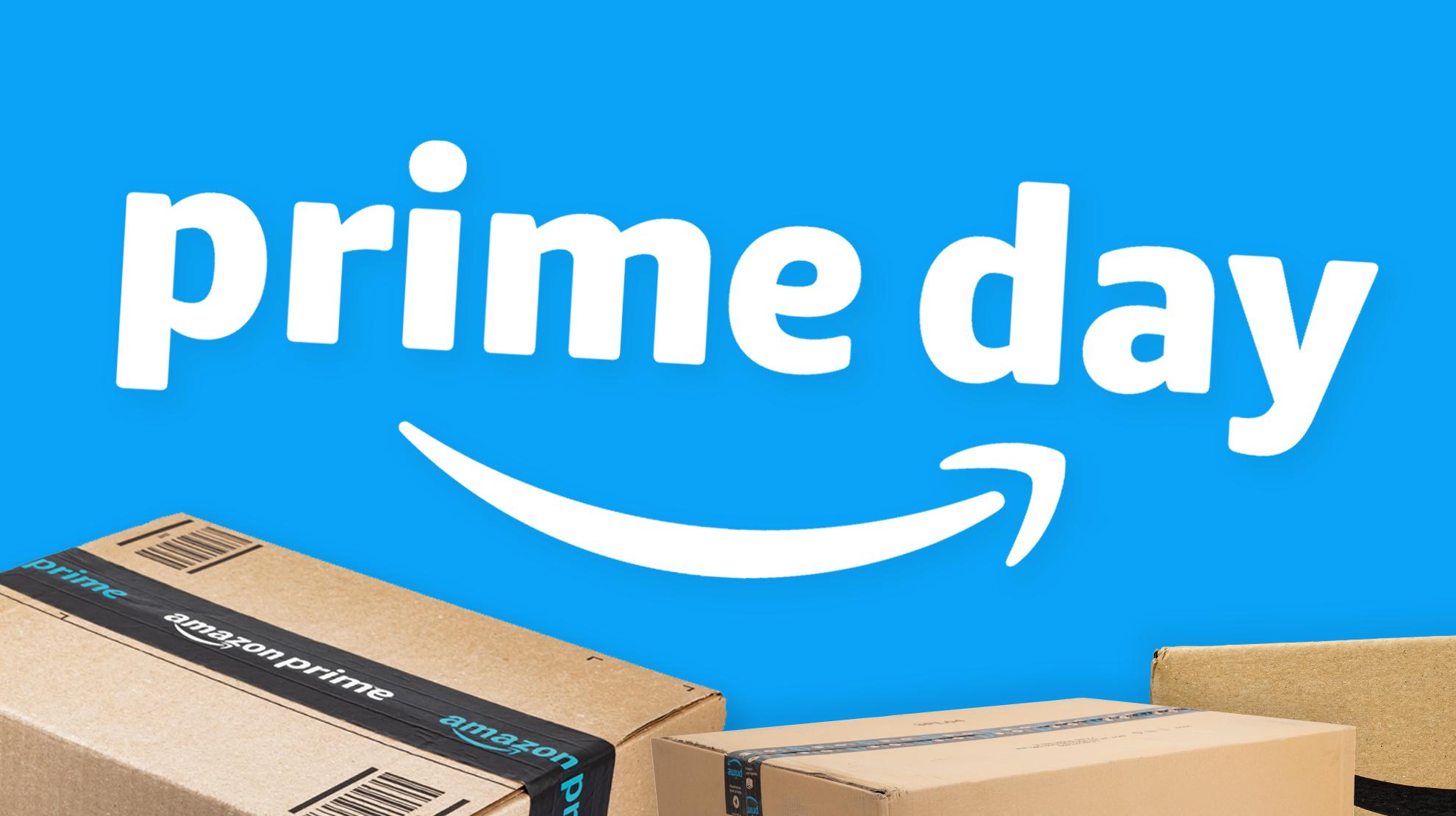
Key Trends Shaping Q4 2025
Earlier and extended promotions. Shoppers no longer wait until Black Friday itself to find deals. Retailers and marketplaces are spreading promotions across October and November, making it essential for affiliates to stagger their campaigns and release content in waves rather than saving everything for a single weekend (CNBC, 2024).
The rise of AI-driven personalization. Brands increasingly use artificial intelligence to optimize targeting, tailor offers, and generate personalized recommendations across e-commerce and marketing touchpoints. Affiliates who align with brands using AI-driven creative and recommendation engines can see higher click-through and conversion rates (Adobe, 2024).
Social commerce and short-form video. TikTok, Instagram Reels, and YouTube Shorts remain powerful drivers of discovery and conversion. In Q4, shoppable short videos, live commerce, and creator-led product demos will be among the most effective affiliate formats (Insider Intelligence, 2024).
Creator and influencer partnerships. Consumers increasingly trust creators over traditional ads when making purchase decisions. Structured affiliate agreements that combine a base fee with commission-based incentives will motivate creators to prioritize a brand’s campaign during the crowded holiday season (CreatorIQ, 2024).
Privacy-first tracking. With cookies fading out, accurate attribution depends on server-side tracking and first-party data collection. Brands that invest in conversion APIs and affiliates who adopt proper tagging will gain a significant advantage in tracking campaign ROI (Adobe, 2024).
How Affiliates Can Prepare
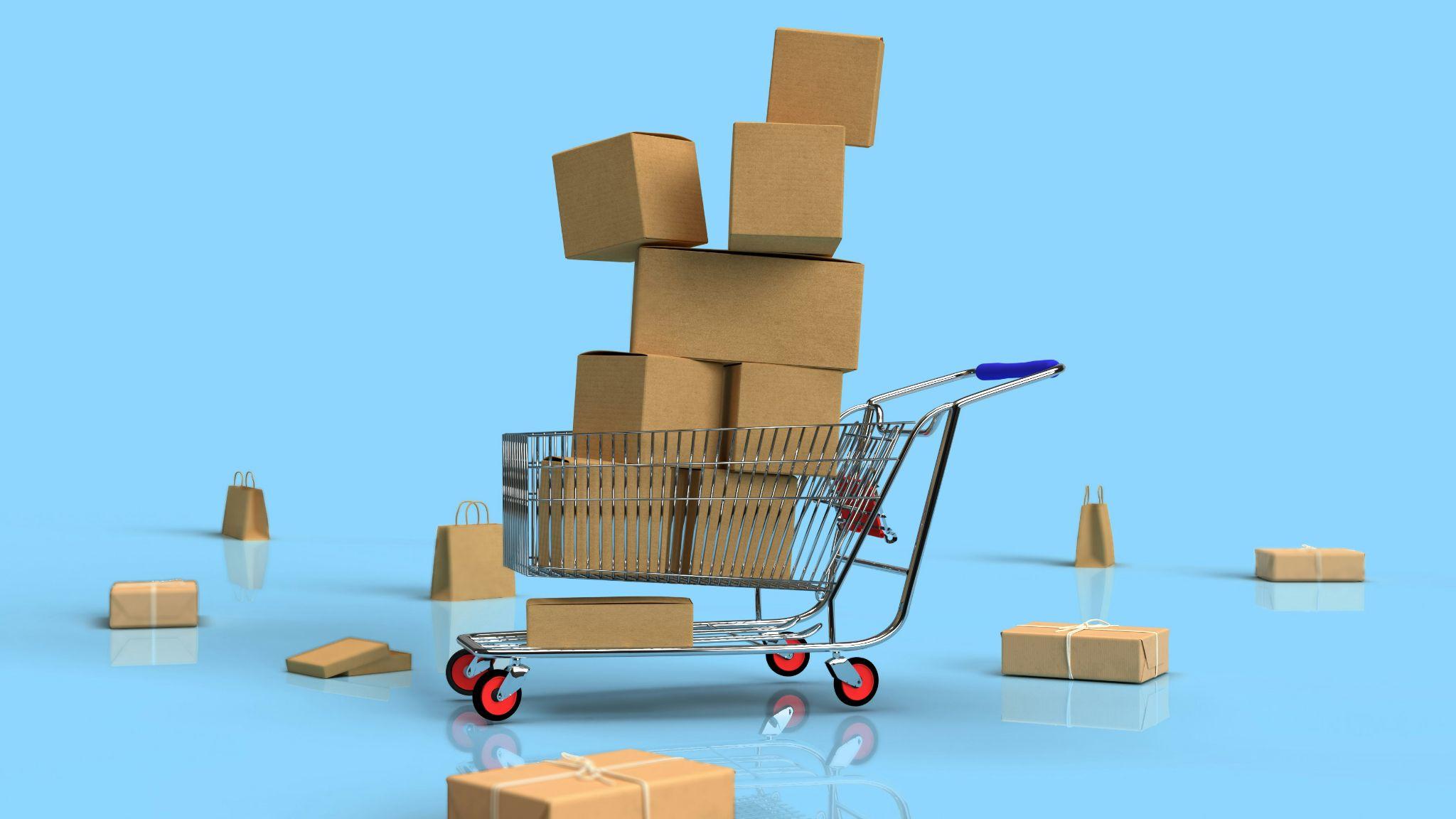
Affiliates should build content that captures early demand while leaving room for real-time promotion during flash deals. Gift guides, comparison posts, and price-roundup content perform especially well when published in October and early November, as shoppers begin researching before committing to a purchase. Short-form video is essential—product demos, unboxings, and holiday gift suggestions in video format have far stronger engagement than static ads. Adding urgency through limited-time coupon codes, countdowns, or exclusive bundles helps secure conversions quickly.
For top creators, this is also the time to negotiate mixed compensation models. A combination of flat fees (to secure content production) and performance-based commissions (to reward results) ensures that creators remain motivated through the season's busiest days. Affiliates should also push for exclusivity—an exclusive discount code or early-access deal can make their campaigns stand out.
What Brands Need to Do
For brands, Q4 preparation begins with inventory, logistics, and technology. Consumers expect fast, reliable delivery and clear shipping cut-off dates. Site speed and mobile checkout must be flawless, as the majority of holiday traffic now comes from mobile devices (Adobe, 2024).
Brands should create pre-packaged promotional assets for affiliates, including short-form videos, banners, and clear messaging guidelines. By making it easy for affiliates and creators to launch content quickly, brands can maximize reach during peak demand. Offering exclusive early-access deals or bundles to affiliates also builds stronger relationships and drives incremental sales.
Finally, brands need to strengthen their tracking and attribution infrastructure. Implementing server-side conversion APIs and expanding first-party data collection—such as through loyalty programs or email capture—will allow for cleaner performance measurement and customer retention post-holidays (Adobe, 2024).
Campaign Timeline to Follow
●October (12–8 weeks out): Launch early promotions around Prime Big Deal Days. Begin rolling out gift guides, early-access teasers, and creator collaborations.
●Early November: Shift into awareness and engagement campaigns. Push shoppable content, live demos, and influencer previews of holiday deals.
●Mid to Late November: Build urgency with flash sales, exclusive coupons, and limited-edition bundles leading into Black Friday and Cyber Monday.
●December: Focus on last-minute shoppers with expedited shipping, digital gift cards, and “gifts under $50” campaigns. Extend promotions through year-end clearance.

Measuring Success
Key metrics for Q4 should go beyond sales volume. Affiliates should monitor EPC (earnings per click), conversion rates by product and platform, and incremental lift compared to organic channels. Brands should track AOV (average order value), repeat purchase rates, and attribution across affiliate and creator channels. Running holdout tests—where certain affiliates are excluded from specific campaigns—can help determine whether affiliate traffic drives incremental sales or cannibalizes existing demand.
The Post-Holiday Opportunity
Q4 is not just about one-time sales. The influx of new customers acquired through holiday promotions represents a valuable opportunity for retention. Brands should implement post-purchase flows that include loyalty rewards, personalized recommendations, and subscription upsell offers. Affiliates, on the other hand, can nurture their new audience with evergreen content and New Year promotions, keeping engagement high into Q1 2026.
Final Thoughts
Q4 2025 will be highly competitive, but also highly rewarding for those who prepare early and adapt to consumer expectations. The winning formula combines early campaign rollouts, strong creator and affiliate partnerships, AI-driven personalization, and bulletproof logistics. Affiliates who lean into short-form content and exclusive offers will capture more conversions, while brands that prioritize tracking, site performance, and partner enablement will achieve lasting gains.
For advertisers looking to maximize their presence in Asia-Pacific and beyond, partnering with a regional affiliate subnetwork like LinkHaitao provides access to localized expertise, trusted publisher relationships, and a track record of driving incremental growth during peak shopping events. With deep knowledge of Double 11, Black Friday, and holiday trends, LinkHaitao can help you build campaigns that cut through the noise and connect with high-intent audiences.
By aligning early and collaborating with the right partners, both affiliates and brands can unlock the full potential of Q4 2025—and set the stage for sustainable growth well into the new year.


